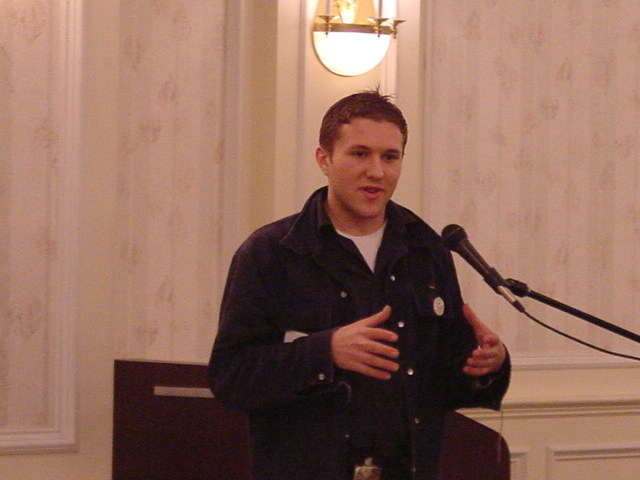Drawing from the Depths
For along time, the centerpiece of the Jewish religion was the temple. This was where the cult of sacrifice was worshiped daily, coming to a climax on festivals. Inside the temple, animals were slaughtered by priests, and burned on the altar, for different kinds of offerings to Gd. Wine was also poured over the altar. So important is the altar that it is the first thing Gd speaks to the Jewish people about after the revelation at
In the imagination of Chazal, the earth of that original altar was the site of some of the most dramatic events in the biblical narrative. the same earth out of which the first human being was formed. Many of the most dramatic events in biblical history are said to have transpired at that spot. Maimonides is careful to mention it in his description of the temple: “The altar is to be constructed in a very precise location; it may never be changed; as it is written, ‘This is the altar for the burnt offerings of
It would be foolish to limit our understanding of Maimonides’ words to an attempt at crude geography. We can imagine, in an entirely different context, two famous American speeches. The first, given by President Lincoln at his second inaugural, during the civil war. He said : “Yet, if God wills that it continue until all the wealth piled by the bondsman's two hundred and fifty years of unrequited toil shall be sunk, and until every drop of blood drawn with the lash shall be paid by another drawn with the sword, as was said three thousand years ago, so still it must be said "the judgments of the Lord are true and righteous altogether."
Almost one hundred years later, Martin Luther King stood at the largest assembly of Americans in the nations’ history at the same spot where
It is obvious today that
King was in the midst of another kind of civil struggle. He was speaking about a different level of recompense the nation needed to reach to make good on that same dept. When we look at the words, the themes, the staging of these two speeches, and notice that both Kind and
David was not allowed to build the temple because his hands were bloodied by war. While he was not allowed to ‘build up’ he was allowed to excavate, at least according to the Sages of the Talmud. David dug the pits around the space that would become the altar. The pits were used to gather the run off of the fat, blood and wine that spilled off the altar. Our Sages teach that the pits David uncovered are the same pits that Gd revealed during the first word of creation. They are the pits, the fissures in the creation that extend down to the depths, to the water that longs to return to its creator. One time a year, water was drawn up from this place and poured over the altar. That time was Sukkot, when the Talmud teaches the world is ‘judged for water’, the ceremony is called the nisuach ha mayim. The sages refer to the ceremony and the celebration that surrounded it as the Simcha Beit ha Shoeva, the rejoicing for the house of water drawing.
The Mishna teaches that one who has not seen the rejoicing of a Simcha Beit ha Shoeva never really saw joy in their lives. The ikar, the key, here in my opinion is the idea of confronting that reality that is farthest from Gd and drawing it up to the service. It is painful and scary to realize you are very far from where you want to be. Imagine waking up in the middle of the night the first time you leave home and realize, that you are not where you wish you could be. This is the sense of longing the water from the depths is supposed to communicate. There is a place in each of us, most oftenh obscured by our preoccupation with matters this worldly, work, studies, relationships, family, or money, that still longs, despite all the difficult realities we face every day, or all the dazzling wonders of this world, to come close again to Gd. Joy, the Mishna seems to argue, comes from confronting that reality, and bringing it to the service. Moreover, Maimonides adds, it was not just the laymen who rejoiced at the Simcha Beit Ha Shoeva, but the great sages and righteous of

